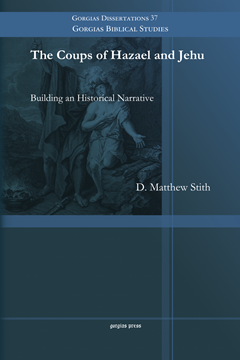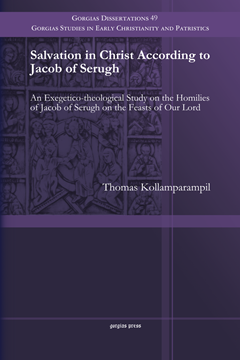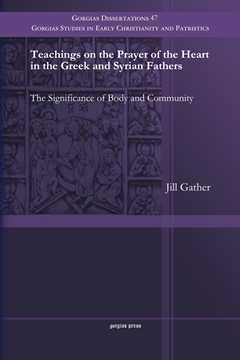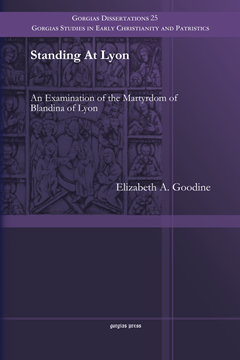The Coups of Hazael and Jehu
Building an Historical Narrative
Series: Gorgias Biblical Studies 37
ISBN: 978-1-4632-0379-5
The Coups of Hazael and Jehu offers a narrative reconstruction of the events surrounding the rise of Hazael to the throne of Aram-Damascus and Jehu to the throne of Israel in the mid-eighth century. These near-simultaneous dynastic changes were parts of a major shift in the political, military, and economic structure of the Levant, which took place as the mighty armies of Assyria pushed into the region. The book argues that Jehu’s bloody overthrow of Joram and Hazael’s irregular seizure of power after the death of his predecessor were not independent events, but responses to the Assyrian threat.
$77.00 (USD)
A Call to Covenant Love
Text Grammar and Literary Structure in Deuteronomy 5–11
Series: Gorgias Biblical Studies 30
ISBN: 978-1-4632-0380-1
Profound in its conclusions and targeted toward the exegete, this volume offers a clear method for establishing flow of thought, text hierarchy, and literary macrostructure in biblical Hebrew prose. The study contributes both to hermeneutical theory and to the study of Deuteronomy by arguing for the application of discourse linguistics alongside stylistic and semantic analysis in the interpretation of OT texts. It includes a brief literary-structural and theological commentary on Deuteronomy 5–11 that models the text grammatical approach and shows its benefits for exegesis.
$133.00 (USD)
Exegesis in the Targum of Psalms
The Old, the New, and the Rewritten
Series: Gorgias Biblical Studies 28
ISBN: 978-1-4632-0381-8
This volume illustrates how Targum Psalms creatively interprets selected psalms and how those interpretations relate to other Jewish and Christian traditions, including early translations of the psalms, rabbinic Midrashim, the New Testament and early Church Fathers. The study of these Psalms suggests viewing Targum Psalms as a creative partner in the world of biblical interpretation, as opposed to a compilation of already existing midrashic material. Edwards portrays the Targum as a link between the written and oral Torah that leads its readers on a path to tradition.
$101.00 (USD)
Salvation in Christ According to Jacob of Serugh
An Exegetico-theological Study on the Homilies of Jacob of Serugh on the Feasts of Our Lord
ISBN: 978-1-4632-0382-5
Jacob of Serugh’s vision of ‘Salvation in Christ’, in its exegetical, theological, catechetical, liturgical and pastoral aspects, is reviewed in this monograph. Jacob’s mode of symbolic-mystical-silence approach to the mystery of Christ is explained. This treatise gathers up Jacob’s typological and symbolic thought-patterns, in his own language, categories, terminologies, and imageries.
$164.00 (USD) $98.40 (USD)
Teachings on the Prayer of the Heart in the Greek and Syrian Fathers
The Significance of Body and Community
By Jill Gather
ISBN: 978-1-4632-0383-2
The prayer of the heart is an early Christian contemplative tradition of striking profundity and beauty. Christian authors of the Greek- as well as the Syriac-speaking world placed the heart at the center of a mystical theology that viewed the body as a God-given instrument of divine ascent and the relational setting of Christian existence as an important means of experiencing God’s abiding inner presence. This work sheds light on the Syrian church’s approach to the mystery of the divine encounter.
$103.00 (USD) $61.80 (USD)
Standing At Lyon
An Examination of the Martyrdom of Blandina of Lyon
ISBN: 978-1-4632-0384-9
The suffering woman, Blandina, emerges as an archetypal figure of the martyrs of Lyon. This slave-woman ultimately arises to engage in battle with the powers of the Roman Empire. Through the application of Bowen Family Systems Theory and the writings of Michel Foucault the book explains the function of anxiety, and the dynamics at work in the system that result in the failure of Roman authority to use power to quell the rise of Christianity. The reactions of those who might appear to be the most powerful are essential in gifting power to this lowly slave.
$75.00 (USD)





